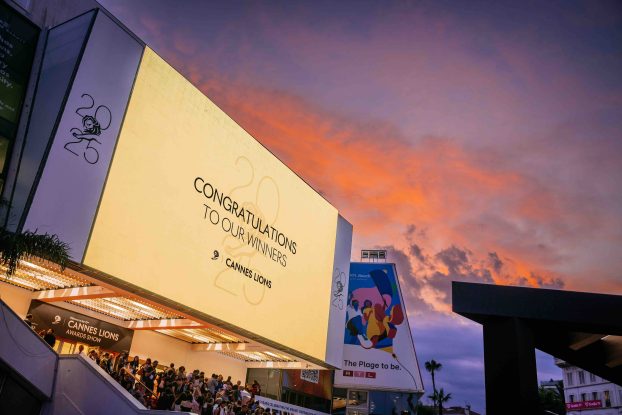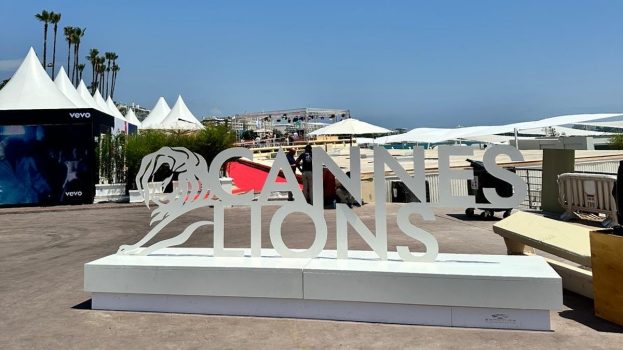Rob Young is a founding partner and senior vice-president, planning and research at Toronto-based Harrison, Young, Pesonen & Newell, one of Canada’s largest media management operations.
Every once in a while, I find myself experiencing a "media moment."
By "media moment" I mean an occasion when an advertising message interacts so well with a particular medium that it produces a greater impact than if the advertiser had used any other vehicle. Such moments are so rare that they catch seasoned ad veterans, like me, off guard. After all, I’ve spent years cultivating my reputation as a jaded media professional – someone who’s just about impervious to the power of advertising.
When a media moment strikes, I find myself unwittingly playing the role of a consumer – getting nailed by an ad message, linking up with a brand, and then thinking to myself:"Boy, that was good."
So let me tell you about my most recent media moment.
I was walking west along Bloor Street in Toronto to a client meeting on Monday, March 20. I remember the date because it was the first day of spring. The air was soft and the weather was mild – it was great to be outside.
I stopped briefly in front of the Hudson’s Bay Centre at the intersection of Bloor and Yonge and watched a chalk artist at work. She had sketched a red tulip on a white background and she was working up a headline that read "Sayonara, S…" She wasn’t quite finished, so I couldn’t make it out. "Crazy kid," I thought, and off I went to my meeting.
At noon, the meeting was over and I headed back to the office. It was now even milder. The sun was trying to break through the clouds. Spring had definitely arrived. God, it was great to be outside!
To my left, stood a familiar-looking billboard (a 10 by 20 poster, if you’re in the biz). I could see that same red tulip on the same white background I had seen chalked on the sidewalk a little earlier. The headline read: "Sayonara, Slush." The HGTV logo appeared in the lower right-hand corner.
Moments later, I found myself back at the intersection of Yonge and Bloor and I noticed that the "Sayonara, Slush" sidewalk chalk creation had been completed. People were stopping and looking down at the image.
It was an arresting graphic. A red flower on white background, which stood out against the gray sidewalk in the same way that spring was standing out against the last vestiges of gray winter. And then it dawned on me: The sidewalk poster was a horizontal version of the billboard and not a random act of art.
At that moment, I made the connection. Goodbye winter, hello spring, flowers, gardening, home and garden, HGTV, spring programming season. Bingo! Spring was being brought to me by HGTV. The creative and media combined to link the image to the brand quickly and efficiently.
Now, this was not a big media plan, nor was it complex or expensive. But it was a very good media plan, indeed. Which leads me to an obvious question – What exactly are the characteristics of a very good media plan?
Well, timing must be pretty high up on the checklist. In my opinion, timing goes well beyond allocating weight against high demand. Timing can also mean directing the message to the public when the public has precisely the right mind-set. The HGTV media plan built upon that day’s main news event – the arrival of spring.
Place, too, is a key characteristic, and by "place" I don’t mean what city or region the message should run. The HGTV media plan was effective because it delivered the message outside via outdoor. Where else can spring be experienced?
The plan also featured a characteristic I’d never really thought about before – an invitation to participate. It provided the consumer an opportunity to witness and thereby become involved in, the production of the ad. The sidewalk artist was creating a poster before my very eyes – and I couldn’t help but stop and stare. (Come to think of it, I also stop in my tracks every time I see a crew pasting up a new billboard, or filming a TV commercial. Maybe I’m not so jaded, after all.)
And last but not least, I’d have to say being multi-directional is an important component of a very good media plan.
The HGTV message came up from below and down from above. The trick here was organizing the campaign so the multi-directional delivery happened in a short timeframe.
Let’s see. The HGTV plan had great timing, appeared in the right place, invited participation and came at people from several different directions. All the makings of a very good plan, indeed.
Send your comments via e-mail to
ryoung@hypn.com.



























